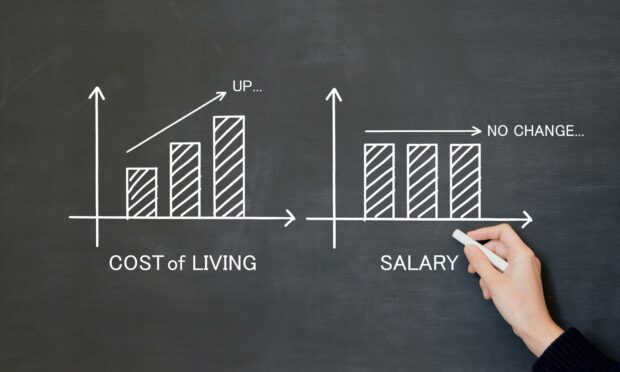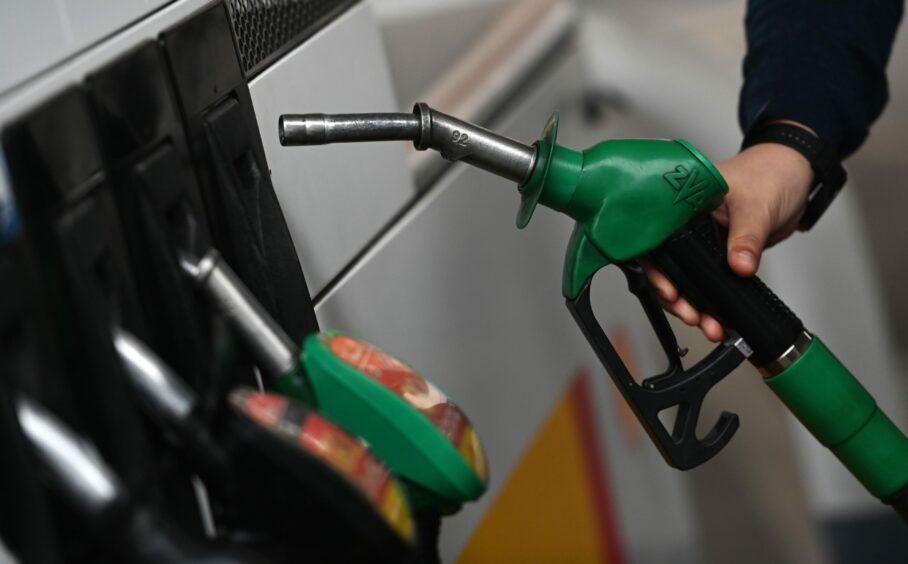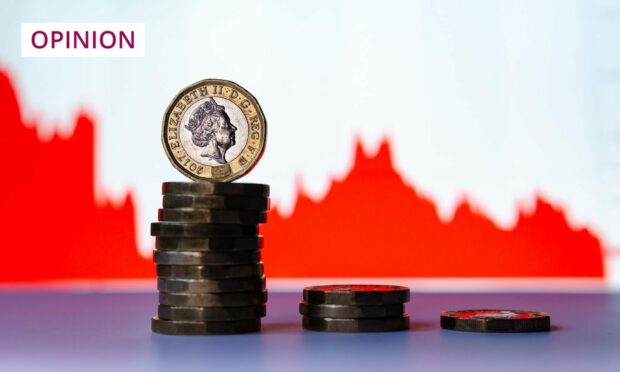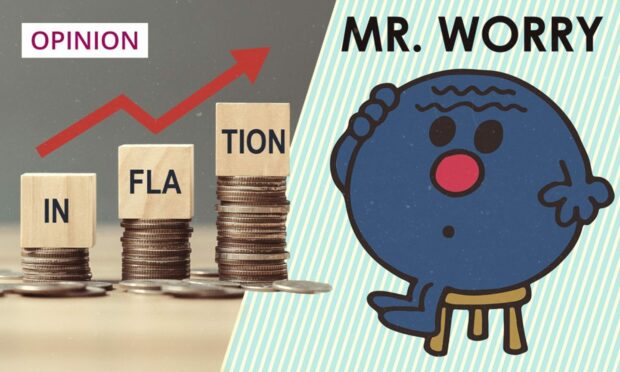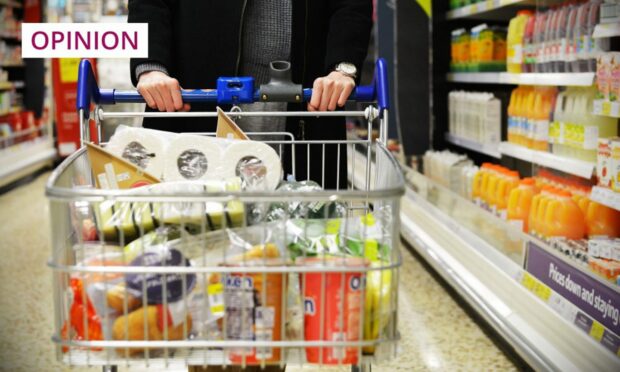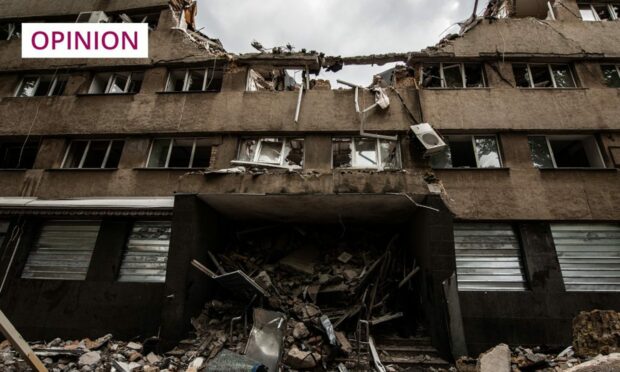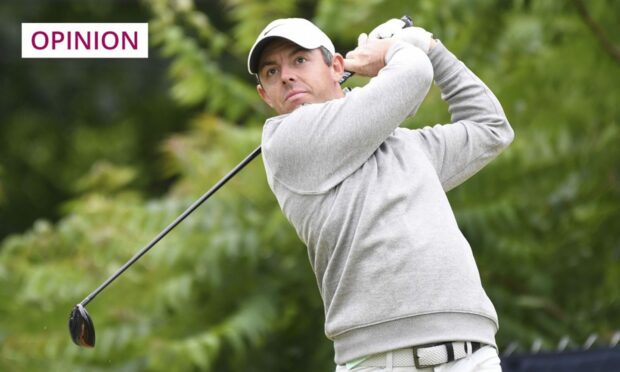We were just about to go mental for our Tattie Holidays in the north-east, it was 10 October 2021. I’ve just checked and at 1pm that day the temperature hit 13c in Aberdeen and by some remarkable serendipity it is 13c again as I write this.
On that day five months ago I wrote that by April inflation would be at least 5% and could be closer to 10%. I am definitely not an economic forecaster as a main part of my life nor do I get paid by government or the Bank of England. However, my take on our economic outlook was one of concern. You should also be concerned that I was more accurate than the experts.
The problem is that economists, and many advisors to Government, are like sheep and they all want to follow the same path. You’ll generally see economic forecasters centre around a group of numbers, partly because their analysis is the same but also partly because none of them want to look stupid in front of peers.
You get different answers when you are brave enough to think differently. I have a little bit of the contrarian about me but companies and government need that too.
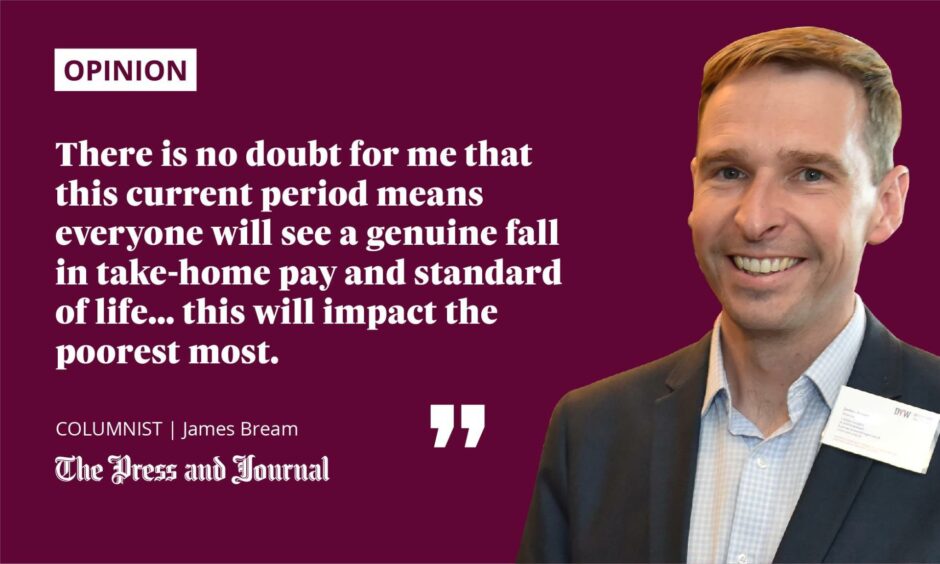
I have looked back at the Bank of England Monetary Report from August 2021, a cracking read for almost no one apart from dweebs like me. The Monetary Committee concluded that inflation would rise to 4% and then decline in 2022. They were wrong, very wrong.
Why couldn’t Bank of England see problems coming?
However, the sensitivity analysis they provide is more concerning. It is hard to read their analysis fully but they basically saw today’s events as a one in 10 chance. Now if I could see it coming why couldn’t they?
At the time I stated my concerns were based around rising energy costs, supply chain issues, UK-specific issues relating to supply of labour and further challenges around access to goods from the EU.
We are making sure the UK financial system is safe and can serve households and businesses in bad times as well as good.https://t.co/CgVzvLG8VB #financialstability pic.twitter.com/FrPmHQgJg2
— Bank of England (@bankofengland) March 24, 2022
I didn’t have enough words to expand in the piece but I felt that we were about to face a period where one price rise (or supply issues causing prices to rise) would start to compound the next and on it goes. This is the type of situation where inflation can start to spiral and if it happens in consecutive periods then we have real challenges. This is what is happening. For example, oil and gas prices rise, then haulage and production costs rise, goods rise, people can afford less, demand more money, companies raise prices and so the cycle continues.
The Bank of England and Government are, in my opinion, also stretching the definition of temporary inflation. For me inflation being high for six months or a year is not at all temporary as this means costs are well and truly baked in.
Rising inflation and increased cost will hit poorest hardest
Furthermore, in those timelines people forget what the costs were and it is more likely retailers will be much slower to pass on any deflationary outcomes (price drops) to consumers. There is no doubt for me that this current period means everyone will see a genuine fall in take-home pay and standard of life. As I have written before, this will impact the poorest most and they’ll continue to feel that pain in the medium term.
In Mar 2022, 47% of trading business said the prices of materials, goods or services bought had increased.
This was up from 39% in Feb 2022 and is the largest percentage point increase since records began (Jun 2020) https://t.co/sznXzcdAWw pic.twitter.com/i8Cs8P82WU
— Office for National Statistics (ONS) (@ONS) March 24, 2022
So what do we do? The Bank of England is raising interest rates. This is generally seen by economists to be the obvious fix. However, I think that will continue to have little impact. The problem with this approach is this inflation isn’t being fuelled by massive growth or demand increases by consumers.
Our current inflation issues are mainly driven by supply side issues. Raising interest rates can have a strong impact in circumstances where demand is high but at 0.75% the impact is almost meaningless and ineffective given the causes of inflation. Importantly interest rises will also detriment those with low incomes and high borrowing.
Fear doom and gloom will continue
The government’s response was too little, too. One measure was to cut fuel duty by 5p and since then research showed that this 5p was not passed on to consumers. All that happened was the Government earned less tax on the day after the Spring Statement and the consumer was barely better off.
The only fixes are ones which help people retain ‘real income levels’. For me the obvious solution is to cut the lowest levels of taxation (income tax or national insurance) or as I have said take the bold approach of raising the minimum wage. I genuinely think a move on the latter is merited given labour market tightness and this would also encourage businesses to make more balanced decision on when to invest in labour or new technology too.
It’s five months since I have been doom and gloom (10th October 2021) however I fear we are still to see the worst of this inflationary period and that sadly we’ll be back in this place for the budget in November.
James Bream is general manager of Aberdeen-based Katoni Engineering and chair of DYW North East
